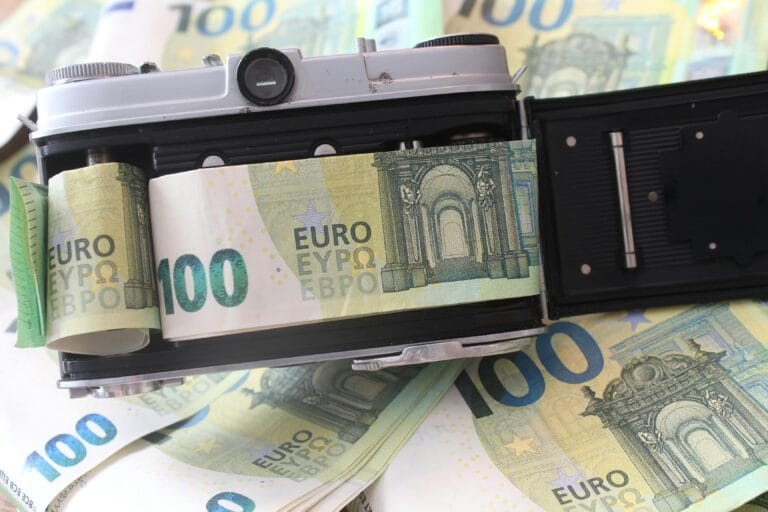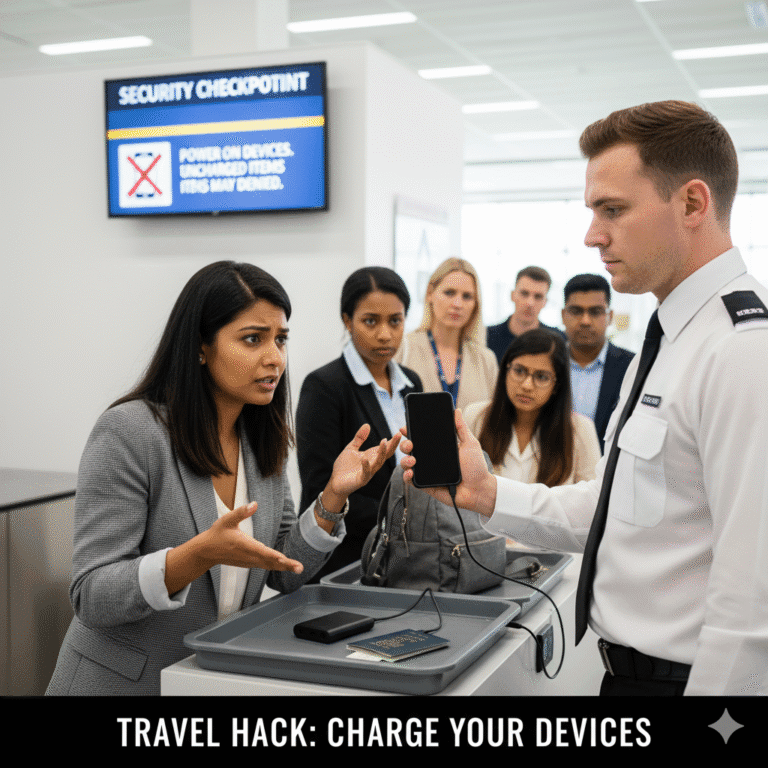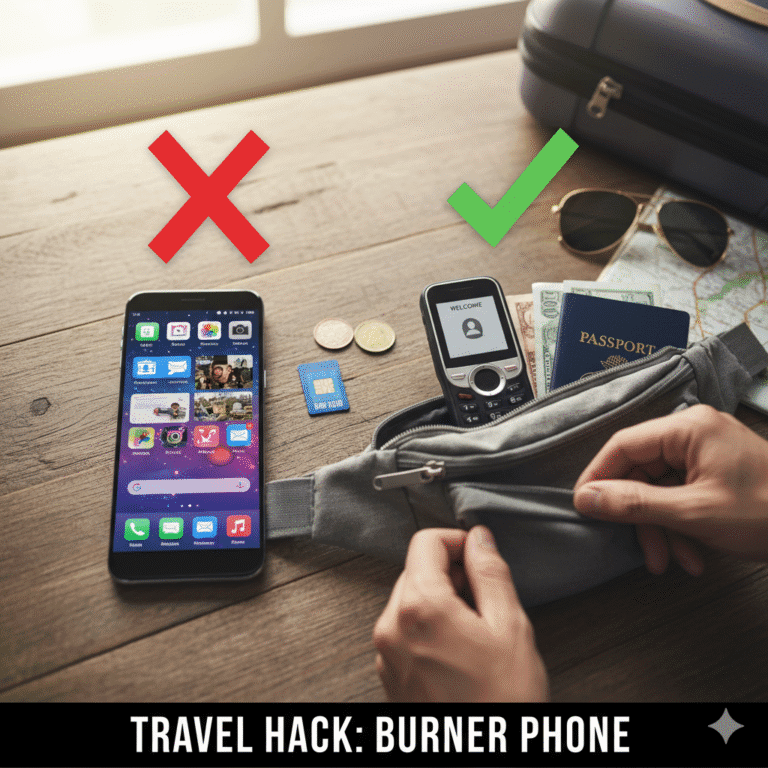When you’re on the move—whether exploring a new city or navigating a busy airport—keeping all your cash and cards in one place is a risky gamble. In one moment of distraction an opportunistic thief could leave you completely without access to money. A simple yet effective travel habit is to divide your money and cards into two or three separate places. By keeping some cash in your wallet, a card in a hidden pocket and a bit more tucked away in your luggage or money belt, you significantly reduce the risk of losing everything in one go.
This approach offers more than just physical security—it provides peace of mind. If your main bag is lost or stolen, you’ll still have a backup. That extra stash can be the difference between being stranded and carrying on with your journey. It also gives you breathing space to cancel cards, contact your bank or make alternative arrangements without immediate financial pressure. For frequent travellers or even occasional holidaymakers, this kind of preparation isn’t just sensible—it’s essential.
What’s more, spreading out your money and cards makes you a less attractive target. Thieves are usually after a quick win, and if they only get away with part of your funds, the damage is far less severe. It’s a small change in habit, but one that can make a huge difference in a crisis. So next time you travel, take a few moments to plan where your money goes—it’s one of the simplest ways to keep your trip on track.
To help you get started, here are some tried-and-tested places to store money and cards safely:
• On your person: Use a money belt under your clothes, a zipped jacket pocket or even your sock or shoe for emergency notes. If you’re carrying multiple cards, keep your main one accessible and store a spare in a separate, hidden spot in case of loss or theft.
• In your luggage: Hide a bit of cash and a back-up card in a secret compartment, rolled in socks or tucked inside your toiletry bag—places unlikely to draw attention.
• In your day bag: Spread out your valuables in different zipped sections. You might keep a small amount of daily-use cash and your most-used card in an easy-to-reach pocket, while a spare card and extra notes can be slipped inside a notebook or between pages of a travel guide.
A little strategic thinking goes a long way. As always, keep a level head, stay alert and enjoy the peace of mind that comes with knowing you’re prepared for the unexpected.








